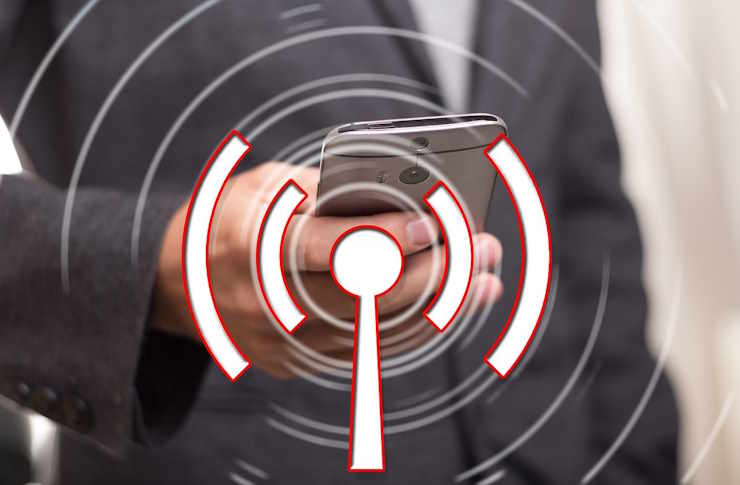Holographic Keyboards: Typing in Thin Air
In the ever-evolving landscape of computer peripherals, a new contender is emerging that could revolutionize how we interact with our devices. Holographic keyboards, once confined to the realm of science fiction, are now inching closer to becoming a mainstream reality. This futuristic technology promises to transform any flat surface into a fully functional keyboard, allowing users to type in mid-air with surprising accuracy and comfort.

The technology relies on advanced algorithms to differentiate between intentional keystrokes and accidental movements, ensuring accuracy in typing. Some models even incorporate haptic feedback, using ultrasound waves to create a sensation of touch when a key is pressed, despite the lack of physical keys.
From Concept to Consumer Product
The journey of holographic keyboards from concept to consumer product has been a long one. Early prototypes date back to the early 2000s, but these were often bulky, inaccurate, and impractical for everyday use. However, recent advancements in miniaturization and sensor technology have breathed new life into the concept.
Several tech companies have been quietly working on refining holographic keyboard technology. While still not widely available, a few products have made it to market, offering a glimpse into the potential future of typing. These devices typically come in the form of small, portable projectors that can connect to smartphones, tablets, or laptops via Bluetooth.
The Pros and Cons of Typing on Air
Holographic keyboards offer several potential advantages over traditional keyboards. Their compact size makes them highly portable, ideal for mobile workers or travelers. They’re also inherently waterproof and dirt-resistant, as there are no physical keys to get gummed up or damaged.
However, the technology is not without its challenges. The lack of physical keys can make touch-typing difficult for some users, and the accuracy of input can vary depending on lighting conditions and the surface used for projection. Additionally, battery life remains a concern for many portable models.
Market Impact and Price Points
As holographic keyboards transition from novelty to practical tool, their market impact is beginning to take shape. Early adopters in tech-forward industries like software development and digital design are showing interest, appreciating the futuristic appeal and space-saving potential.
Current prices for consumer-grade holographic keyboards range from $100 to $300, positioning them as premium peripherals. As the technology matures and production scales up, experts anticipate prices will drop, potentially making holographic keyboards competitive with high-end traditional keyboards.
The Future of Holographic Input
While holographic keyboards are still finding their footing in the consumer market, the technology behind them is opening doors to even more ambitious applications. Researchers are exploring the potential for holographic touchscreens that can be projected onto any surface, or even in mid-air, controlled by gestures alone.
Some tech visionaries are already looking beyond keyboards, imagining holographic interfaces that could project fully three-dimensional workspaces around users. This could transform how we interact with computers, blurring the lines between physical and digital workspaces.
Challenges and Hurdles
Despite the exciting potential, holographic keyboard technology still faces significant hurdles. Achieving consistent accuracy across various lighting conditions and surfaces remains a challenge. Battery life for portable units needs improvement to make them practical for all-day use.
There’s also the question of user adaptation. Many people have spent years honing their typing skills on physical keyboards, and the transition to a holographic interface may not be smooth for everyone. Manufacturers will need to focus on creating intuitive, responsive designs that can rival the tactile feedback of traditional keys.
A Glimpse into Tomorrow’s Workspace
As holographic keyboards continue to evolve, they offer a tantalizing glimpse into the future of human-computer interaction. While they may not entirely replace traditional keyboards in the near term, they represent a significant step towards more flexible, adaptable computing interfaces.
The success of holographic keyboards could pave the way for a new era of computing where our interactions with digital devices become increasingly untethered from physical hardware. As the technology matures, we may find ourselves typing, swiping, and gesturing in thin air, seamlessly blending the digital and physical worlds in ways we’re only beginning to imagine.





